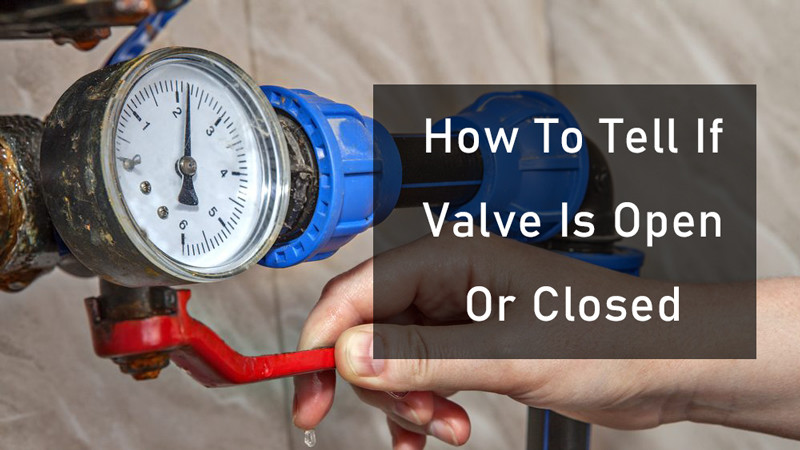
Valves are ubiquitous in various industries, playing a crucial role in regulating the flow of liquids, gases, and other substances. Knowing the status of a valve—whether it’s open or closed—is essential for operational safety, maintenance, and efficiency. In this guide, we will explore the different methods and indicators to tell you how to tell if valve is open or closed.
How To Tell If Valve Is Open Or Closed
Visual Inspection: The Language of Handles, Wheels, and Levers
Visual inspection serves as the bedrock of identifying a valve’s position. Handles, wheels, or levers, acting as tangible indicators, offer a visual language for discerning the state of a valve. Conventionally, the parallel alignment signifies an open valve, while a perpendicular orientation suggests closure. However, the subtleties extend beyond mere positioning; color-coding, specific markings, or embossed symbols all contribute to this visual lexicon, demanding a discerning eye to interpret these cues accurately.
This section delves into the nuances of visual inspection, exploring various visual cues across different industries. Emphasizing the importance of standardized approaches ensures consistent and accurate valve identification.
Position Indicators: Illuminating the Path to Precision
Modern valves are equipped with position indicators, ranging from simple mechanical markers to sophisticated digital displays. These indicators provide real-time feedback on valve positions, offering a level of precision beyond what visual inspection can achieve. Understanding the intricacies of these indicators becomes pivotal, as different valves may employ diverse symbols or labels, demanding a nuanced approach to interpretation.
Detailed insights into the design, functionality, and calibration of position indicators are crucial for harnessing their full potential in precise valve position determination.
Actuator Position: Unveiling the Dynamics of Automation
Automation has ushered in a new era of valve control, where actuators play a pivotal role. Electric, pneumatic, or hydraulic actuators offer a dynamic dimension to valve positioning. Observing the actuator’s position, often denoted by visual indicators, lights, or display panels, becomes crucial for immediate clarity, especially in vast industrial settings where manual inspection proves impractical.
This section not only explores the role of automation in valve positioning but also emphasizes the importance of understanding actuator dynamics for accurate identification, considering variations in actuator types and their corresponding visual cues.
Flow and Pressure Monitoring: The Symphony of Fluid Dynamics
Monitoring changes in flow and pressure introduces a dynamic method for gauging valve status. An open valve allows a continuous flow, with pressure readings reflecting this activity. Conversely, a closed valve results in a cessation of flow and an increase in upstream pressure. Incorporating advanced flow and pressure monitoring equipment enhances the precision of valve position determination, transforming it into a nuanced science.
This section delves into the intricacies of fluid dynamics, exploring how monitoring these variables contributes to a more comprehensive understanding of valve states. It discusses the importance of interpreting data trends and making informed decisions based on real-time flow and pressure information.
Remote Monitoring Systems: Bridging the Gap for Enhanced Control
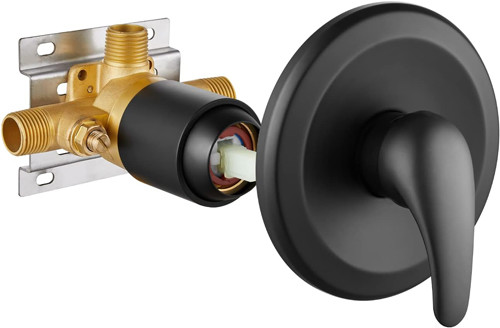
In an age dominated by technological advancements, remote monitoring systems emerge as indispensable tools. Leveraging sensors and connectivity, these systems transmit real-time information about valve positions to centralized control systems. This remote accessibility not only enhances operational efficiency but also facilitates quick decision-making without the constraints of physical presence at the valve site.
This section explores the transformative impact of remote monitoring systems on valve management, emphasizing their role in responsive and adaptable control. It discusses the integration of Internet of Things (IoT) technologies, cloud computing, and data analytics in remote monitoring for a comprehensive overview.
Valve Position Sensors: Precision at the Molecular Level
For those seeking the utmost precision in valve position identification, dedicated valve position sensors become indispensable. Seamlessly integrated into the valve assembly, these sensors generate electrical signals or feedback that directly convey the valve’s position. In critical processes where accuracy is non-negotiable, these sensors act as the guardians of precision, ensuring that the valve’s state aligns seamlessly with operational requirements.
This section delves into the microscopic world of valve position sensors, highlighting their role in achieving unparalleled accuracy in valve management. It explores the various types of sensors, their working principles, and the importance of calibration for reliable and precise position feedback.
Conclusion:
In conclusion, navigating the labyrinth of valve positions is an essential facet of effective valve management. From the foundational visual inspection to advanced sensor technologies, each method contributes to a robust toolkit for discerning whether a valve is open or closed. Rigorous adherence to industry standards, coupled with regular maintenance and ongoing training, solidifies the reliability of valve position identification. As industries evolve, so too must our approaches to valve management, ensuring the continued efficiency and safety of processes dependent on these silent sentinels of control. The integration of multiple methods, technological advancements, and a commitment to precision herald a future where valve position determination becomes not just a science but an art perfected for optimal system performance.
 WOWOW Faucets
WOWOW Faucets
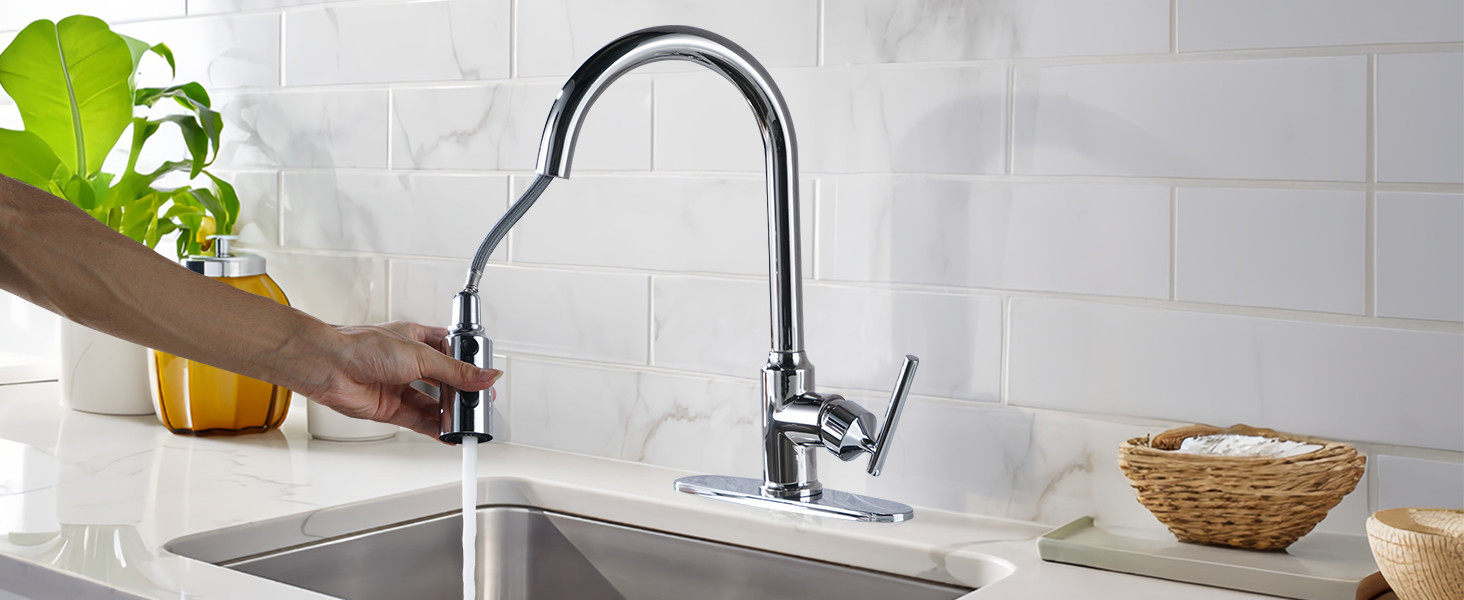
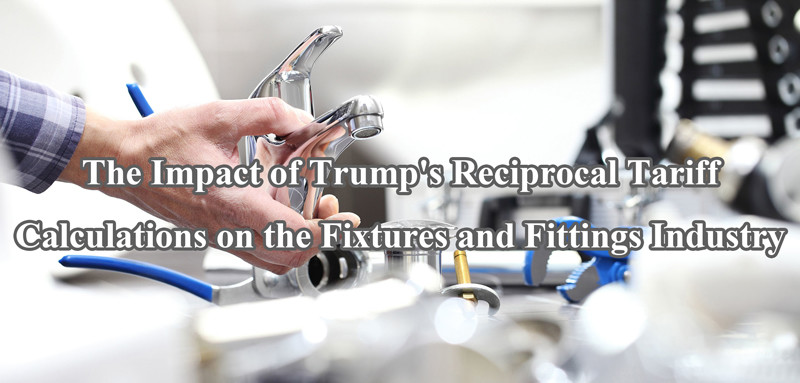
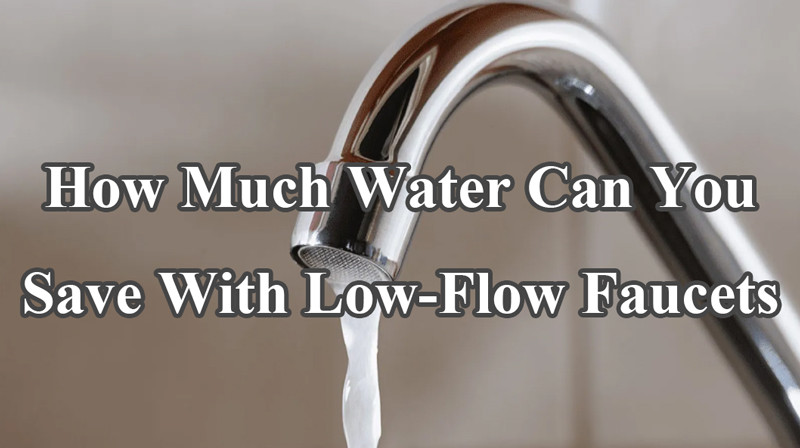


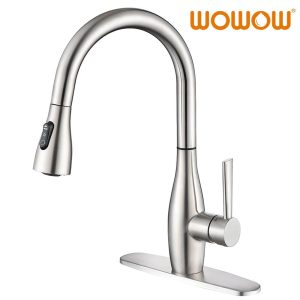
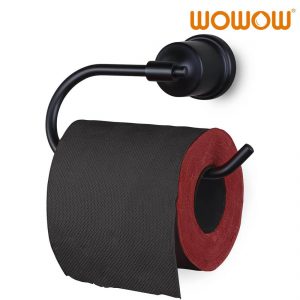
您好!Please sign in